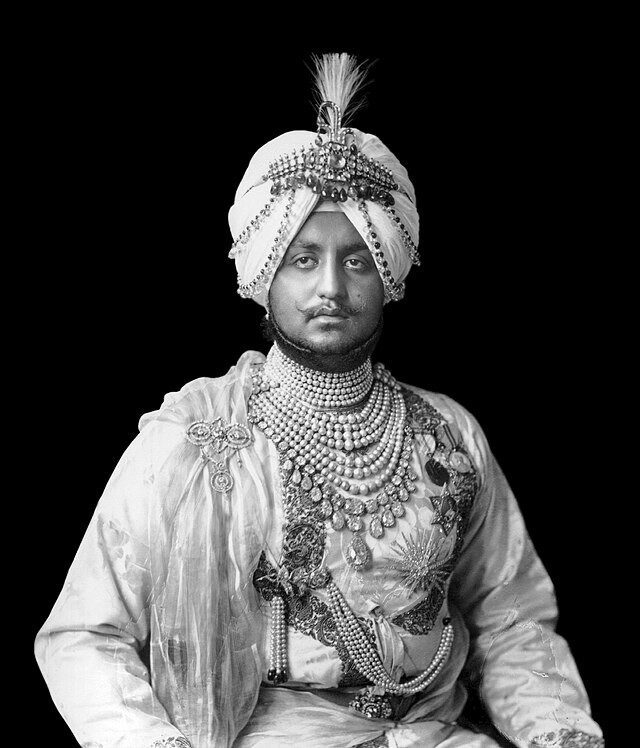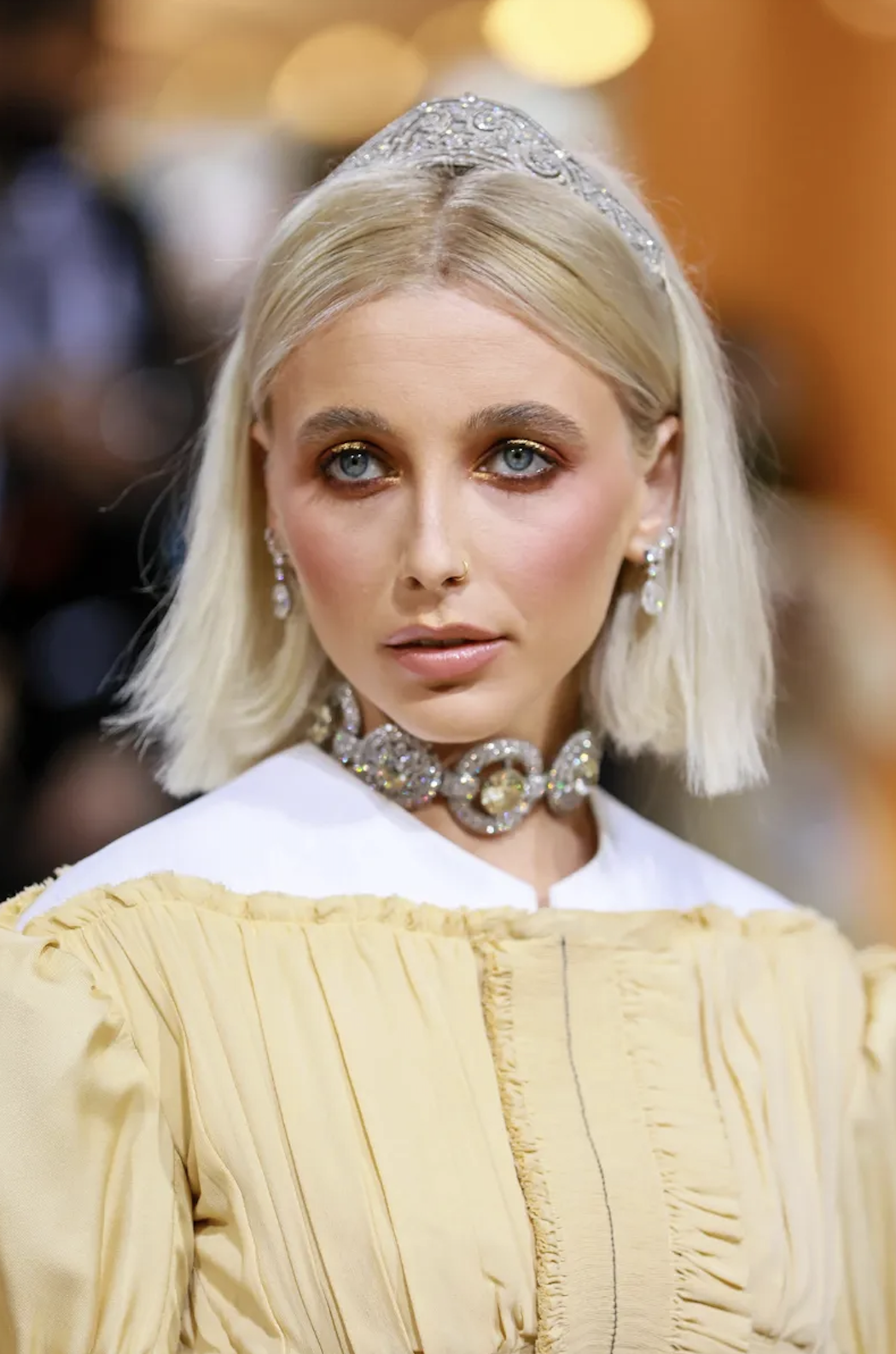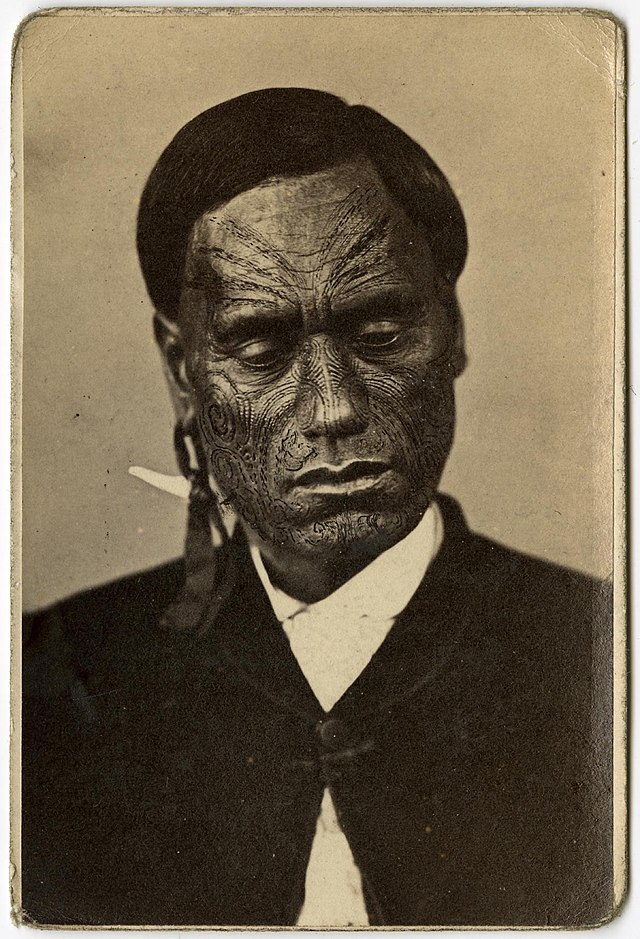News
Preparing for his role as Thor, Chris Hemsworth underwent an intense six-day-a-week workout regimen to embody a Norse god. Meanwhile, Ryan Reynolds spent eight hours every day in the makeup chair to transform into Deadpool, Marvel’s quintessential antihero with a disfigured face. His visible flaws and deformities, rather than making him appear villainous, evoke sympathy and highlight his complex humanity.
When we think of antiheroes, their appearances often deviate from the norm, while superheroes are typically depicted with chiselled physiques and sharp features. In real life, people and celebrities who defy conventions often use their looks to make a statement. Take Bhupinder Singh, the Maharaja of Patiala in British India during the early 1900s. He was known for his opulent lifestyle, which could be seen in photographs of him draped in elaborate jewellery and padjis.

Singh commissioned Cartier to create a ceremonial necklace featuring the De Beers diamond as its centrepiece. Completed in 1928, the Patiala Necklace remains one of the most extravagant pieces ever crafted by Cartier. It boasts the De Beers yellow diamond—the seventh-largest polished diamond in the world—along with 2,900 other diamonds arranged in five rows of platinum chains. One of his stolen chokers even made a comeback when it adorned Emma Chamberlain’s neck at the 2022 Met Gala for “In America: An Anthology of Fashion.”
In today’s world, rappers strategically lift their sleeves to showcase their watches or pose with symbolic chains, like the Roc-A-Fella or Cash Money chains. These pieces signal their status, community, and beliefs. For instance, Beyoncé wears ankh symbols, while Kanye West’s Jesus pieces signal his personal beliefs. Michele Lamy, who has worn rings since her late teens, reflects a similar sentiment. Her jewellery has evolved with her moods and times, carrying personal history and stories. Her tattoos and dyed fingers, akin to tribal adornments, narrate her life journey. There’s also Slick Rick, who often took his eye patch which he had worn since childhood to cover his glass eye, to an extraordinary level, draping it in diamonds and jewellery. Personal imperfections can be transformed into bold fashion statements.
Sure, you can opt for classic jewellery—think sophisticated pearl necklaces and sleek gold bracelets, which will easily fit in with societal expectations. Or you can dig a little deeper and embrace your more rebellious, darker side. Throughout history, jewellery has been a tool for defiance and social commentary, from punk rock’s safety pins to hip-hop’s bold gold chains and grills.

Then there’s body modification, where jewellery gets a bit more under the skin. Take, for example, the neck-stretching rings worn by some African and Asian cultures, which gradually alter the shape of the collarbone and ribs. Or consider the practice of ear lobe stretching, prevalent among groups like the Maasai and Kayan tribes, where it signifies status and identity. This tradition has resurfaced in contemporary fashion, with people worldwide embracing the trend of stretching their earlobes to accommodate larger gauge earrings.
This is just one way ancestral and tribal body modifications have woven themselves into today’s fashion tapestry.
Body piercings offer another intriguing example of this blend. Once deeply rooted in cultural and spiritual traditions—like nose piercings in South Asian cultures that hold religious or marital significance—they’ve now become a mainstream trend. Similarly, septum piercings, which once signified social or spiritual roles in indigenous communities, now make a striking statement of individuality in contemporary fashion in a fascinating journey from sacred rituals to style icons.
Then there’s scarification—a bold form of body modification where the skin is deliberately cut to create intricate patterns and designs through scarring. Grimes, for instance, drew inspiration from this technique, opting for white ink tattoos across her chest to mimic the effect of scarification.
Though scarification has ancient roots, it comes with risks, including keloid scars and infections, which can lead to unpredictable results. In places like the UK, the legality of scarification is a bit of a “grey area,” much like tongue-splitting. After all, how do you even begin to draft laws around something as unique as this?
Scarification is not to be mistaken with tattoos which have evolved into a profound form of self-expression in contemporary culture, particularly within the hip-hop community. The tradition of tattooing dates back centuries, with Captain James Cook documenting the striking body art of Pacific Island cultures. His encounters with these tattooed societies introduced the Polynesian term tatau (meaning “to strike”) to the Western world. Hence, the word “tattoo.”
Teeth grills, another prominent feature in hip-hop culture, represent a blend of opulence and rebellion. Originating from Southern hip-hop, grills are decorative dental appliances made of precious metals and gemstones. Artists like Kanye West and Lil Yachty use grills not just as a status symbol but as a statement of defiance against conventional norms. Kanye West’s “Jesus pieces” and Lil Yachty’s brightly coloured grills reflect a broader trend in hip-hop to use adornment as a form of personal expression and cultural commentary. These grills, while modern in their execution, echo the historical use of jewellery as a means of showcasing wealth and challenging societal expectations.
Body modifications, from tattoos to piercings, have become so mainstream that they’re almost ubiquitous in Western countries. As more people embrace these alterations, the pursuit of uniqueness has led to a paradox: when everyone is modifying their bodies, what sets you apart?
In response, individuals are increasingly opting for customisation—whether it’s bespoke jewellery or personalised tattoos—or pushing the envelope with more extreme modifications. Think tongue-splitting, skull reshaping, or subdermal implants that create raised patterns beneath the skin. While these modern practices might seem radical, they echo the spirit of traditional body art. For instance, Maori moko and Polynesian tattoos historically served as profound symbols of identity and status, much like today’s avant-garde modifications.
So, in this quest for individuality, it’s intriguing how contemporary innovations are often rooted in ancient traditions, bridging the gap between past and present.

In 2018, Kim Kardashian stirred up a conversation with a video showcasing an implanted choker that lights up in sync with her heartbeat. The reaction was polarised—some were utterly repelled, while others were captivated by the futuristic concept. Tan France from Queer Eye joined the conversation with a ruffled Tudor collar seemingly integrated into his skin, while Chrissy Teigen flaunted skin-like feathers across her chest. These modifications were part of Simon Huck’s art experiment, “A. Human,” which brands itself as a “fashion brand from the future.” At its core, it’s a tongue-in-cheek exploration of what self-expression might look like if we could alter our bodies as easily as we change our outfits. The project poses a provocative question: If body modification could be as effortless as fashion, would you embrace it?
The word “permanent” is crucial here. As I was researching body modifications for this article, I saw images of individuals with full-body tattoos, extensive piercings, and even skull deformities, and the first question that would be pop to my mind: “Are these really permanent?”
The sheer permanence of these modifications highlights a profound level of commitment. These aren’t removable grills or necklaces or cute little tattoos that you can have laser-removed—these are choices that declare how you wish to be seen for the long haul.
Lil Uzi Vert had a $24 million diamond permanently set in his forehead. To achieve this, the procedure involved inserting a needle through his skin, making a 90-degree turn inside, and emerging about an inch away from where it entered. You’d think that’s permanent, right? Yet, during a performance at a Miami festival, the diamond was torn from his face by the crowd.
Nothing lasts forever, I guess. Not even our bodies. Might as well modify them as you like!
Words: Sami Abd Elbaki